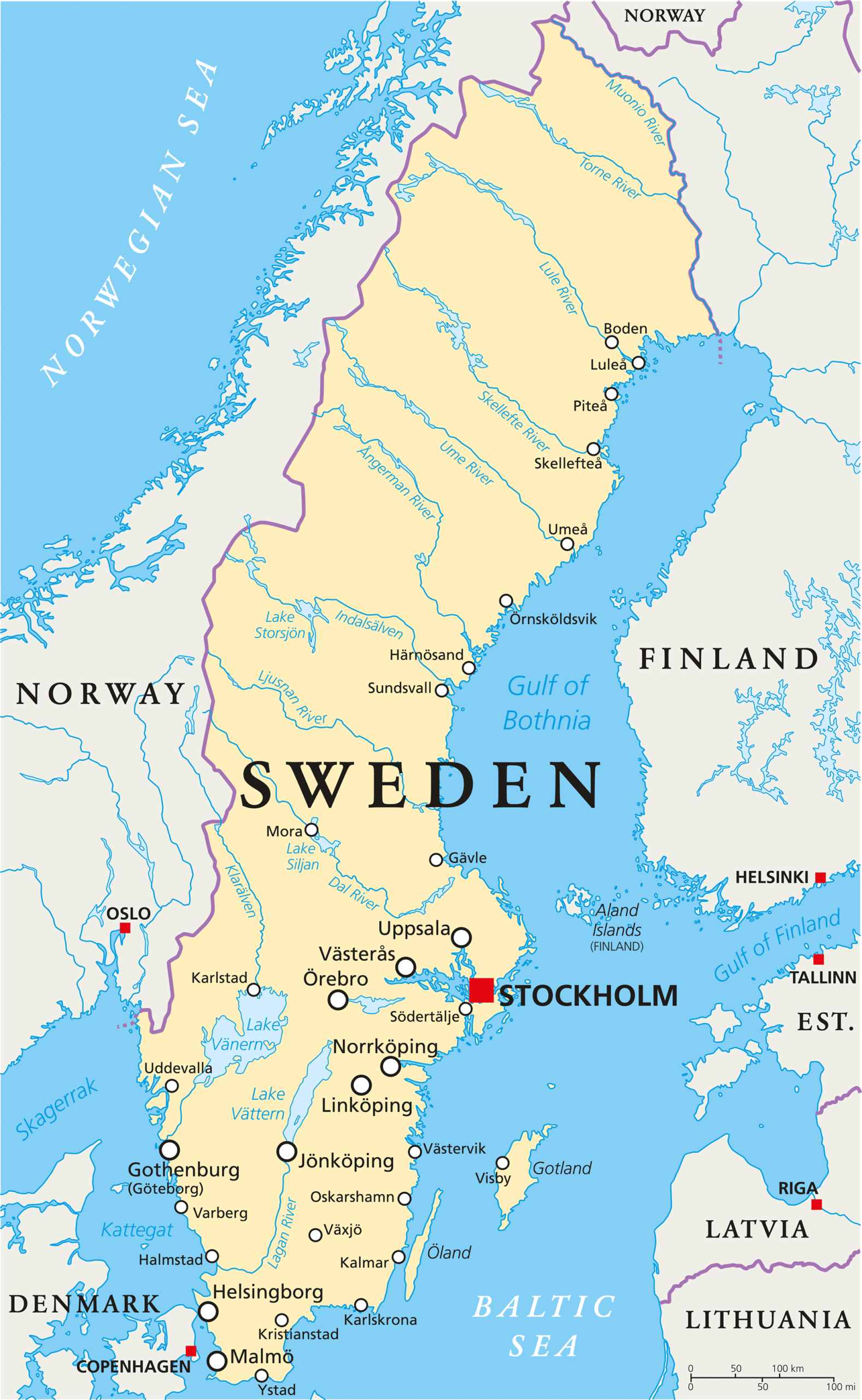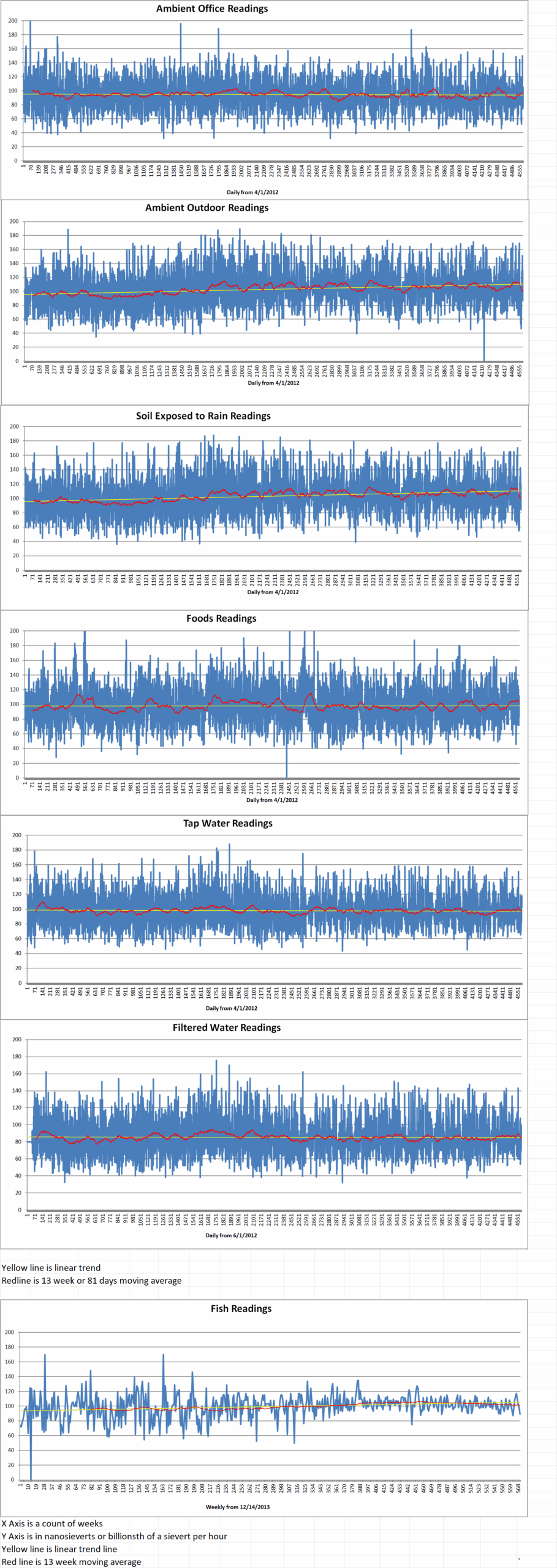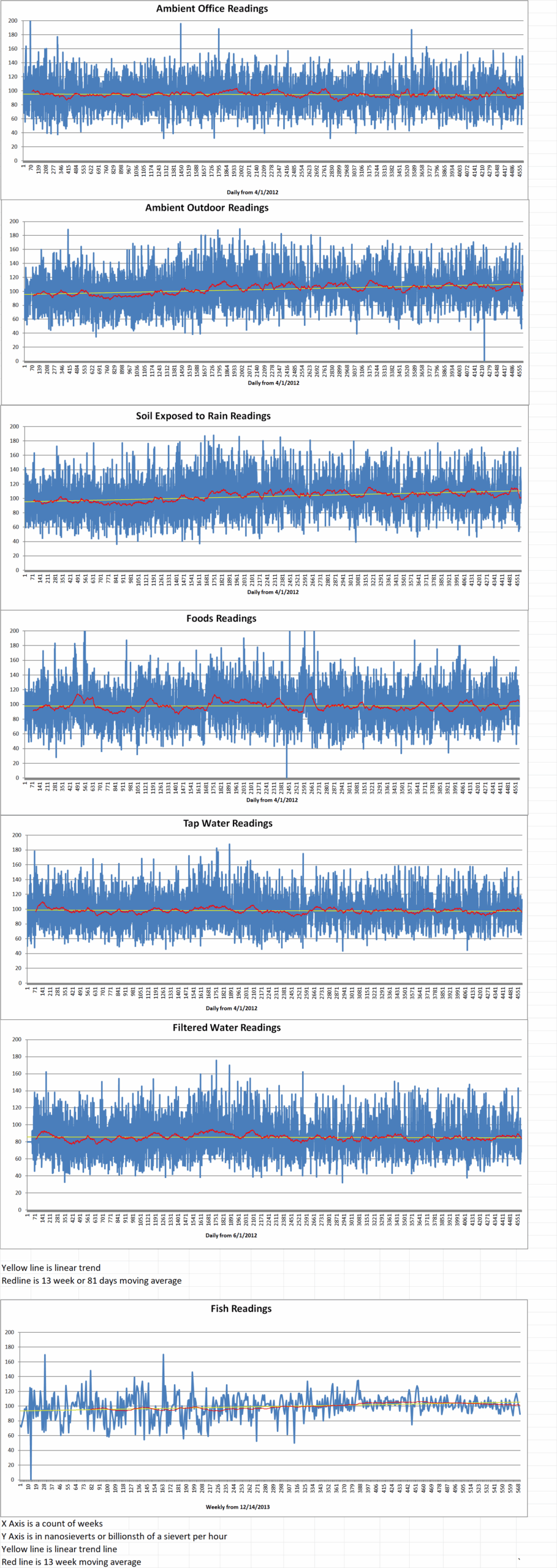The Wendelstein 7-X (W7-X) fusion reactor at the world’s largest stellarator facility in the Max Planck Institute for Plasma Physics has just successfully generated high-energy helium-3 ions for the first time.
A press release from the Max Planck Institute said, “In the world’s largest stellarator facility, high-energy helium-3 ions were generated for the first time using ion cyclotron resonance heating – a milestone for fusion research.”.
The experiment with the W7-X, an advanced fusion reactor operated by the Max Planck Institute, addressed a crucial challenge in harnessing fusion power. Future fusion power plants will have to be able to efficiently contain a multi-million-degree plasma.
This plasma generates high-energy ‘alpha particles’ (helium-4 nuclei), which are critical for sustaining the extreme temperatures needed for continuous fusion reactions. If these particles escape containment too quickly, the plasma cools, and the reaction cannot be maintained.
Given W7-X’s experimental nature and scaled-down design compared to a full-sized fusion power plant, scientists simulate these conditions using lighter, lower-energy particles.
The scientists explained that “In practice, the lighter helium-3 ions are accelerated to a suitable energy for this purpose.”. The team employed an advanced technique known as ion cyclotron resonance heating (ICRH) to achieve this.
The press released added, “This is similar to pushing a child on a swing: to be effective, each push must be precisely in tune with the swing’s natural frequency – in other words, it must be in resonance.”.
The ICRH process utilizes powerful, megawatt-range high-frequency waves. By injecting electromagnetic waves into a plasma containing hydrogen and helium-4, and tuning them to the specific ion cyclotron frequency at which helium-3 ions naturally orbit around the magnetic field lines, the particles efficiently absorb energy.
The press release emphasized, “This is the first time that high-energy helium-3 ions have been produced in a stellarator using ion cyclotron resonance heating (ICRH): a world first in fusion research. The ICRH system is being developed and operated at W7-X under the umbrella of the Trilateral Euregio Cluster (TEC) in close collaboration between the Plasma Physics Laboratory of the Royal Military Academy in Brussels and the Jülich institutes IFN-1 and ITE.”.
This innovation carries implications for research far beyond Earth. Scientists have discovered that the same resonant processes driving helium-3 particles in the W7-X might explain a perplexing phenomenon on the sun.
The team of researchers at the Max Planck Institute said, “This research contributes to developing a sustainable energy source and provides unexpected insights into how the sun works. The same resonance processes that excite helium-3 particles in W7-X may also explain the occasional occurrence of helium-3-rich clouds in its atmosphere.”.
It is theorized that helium-3 particles in the sun could be selectively accelerated by naturally occurring electromagnetic waves which causes the formation of massive clouds containing up to ten thousand times more helium-3 than usual.
The press release concluded that “These findings show that fusion science is not only shaping the future, but also helping to unlock the mysteries of the cosmos around us.”.
Max Planck Institute for Plasma Physics






